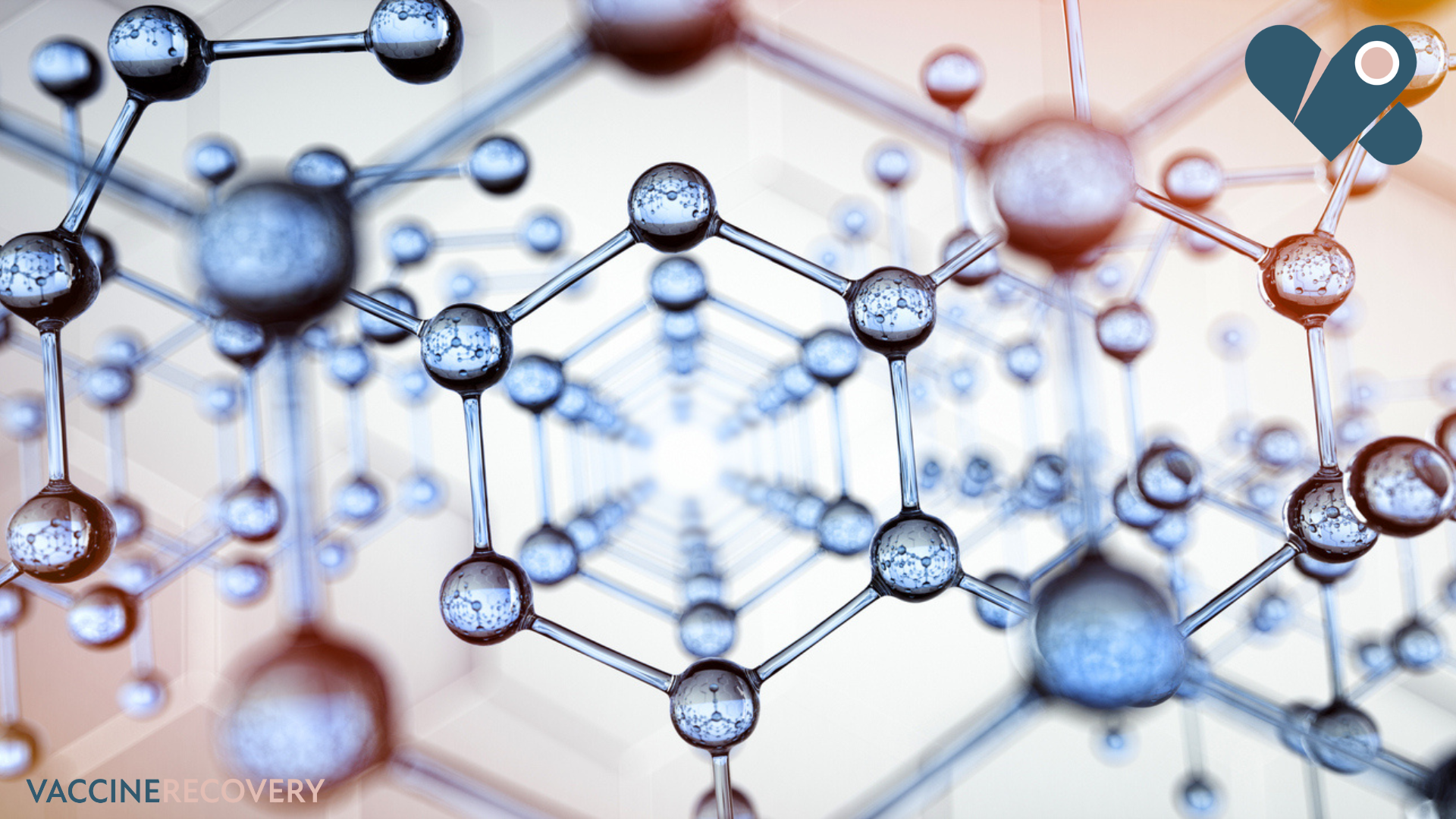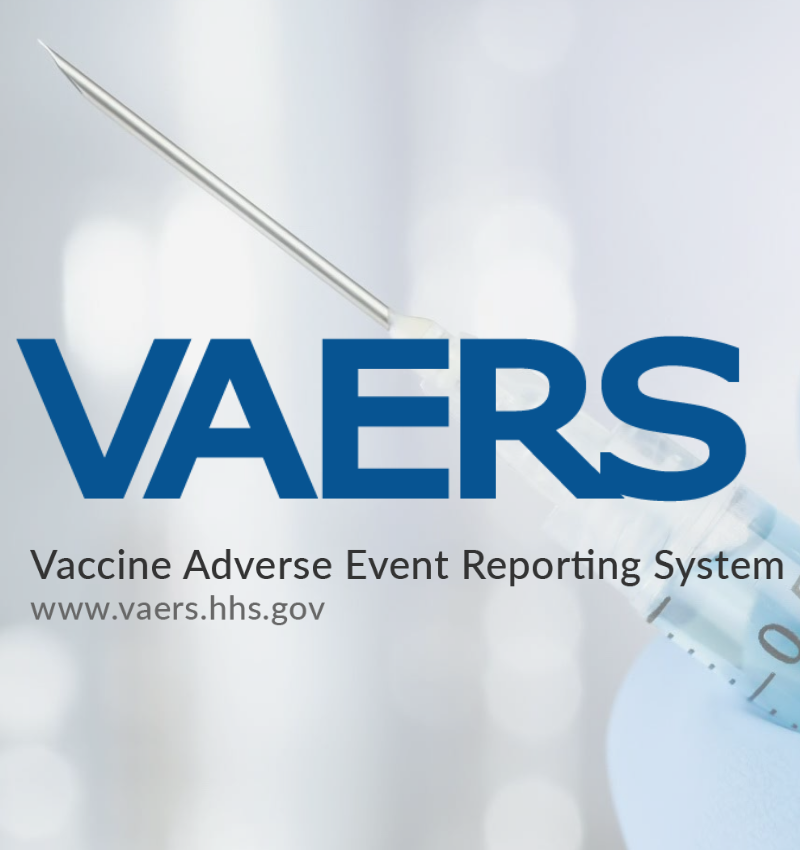Use of Dendrimers in mRNA Vaccines – Side Effects and Reactions
Toxicity of Dendrimers
There continue to be so many unknowns when it comes to mRNA vaccines and why some people develop mild symptoms or more adverse reactions to vaccinations while others seem to tolerate them okay.
Dendrimers are synthetic substances added to this type of vaccine that may have toxic properties to cells.
Other types of vaccines have toxic ingredients like mercury, aluminum, or formaldehyde which may account for some of the adverse reactions that people experience.
mRNA vaccines don’t contain these ingredients, but they do contain dendrimers. While we don’t know for sure, we are curious if dendrimers play a role in vaccine toxicity.
This article will dive into dendrimers, what they are, how they work, and what we know about toxicity. We will also discuss and review strategies to support vaccine recovery.
Keep reading to learn more about:
- Dendrimer basics
- Why mRNA vaccines use dendrimers
- What we know about dendrimer toxicity and strategies for mitigation
- Vaccine recovery approaches from a Functional Medicine perspective
What Are Dendrimers?
Dendrimers are microscopic synthetic particles known as nanoparticles. They have a central core and symmetrical branches moving outward to make a spherical shape.
The repeated units of the dendrimers put them in the category of polymers. However, dendrimers are a new type of polymer and a very new and growing area of chemistry.
Dendrimers were discovered in the late 1970s and early 1980s by independent researchers. These molecules are highly desirable in the biomedical field for many applications, including:
- Anticancer therapies
- Diagnostic imaging
- Medication delivery
- Genetic therapies
- Biological sensors
- Enhancing solubility of medications
- Photodynamic therapy
- Vaccine delivery
Dendrimers And Vaccines
Dendrimers are attractive to companies that develop and manufacture vaccines for two reasons. First, dendrimers have immune-stimulating properties, which increase the efficacy of vaccines. Dendrimers are an adjuvant, meaning they help create a more robust immune response to help the body produce antibodies. Second, dendrimers act as a carrier for the antigens the vaccines deliver to the body.
Dendrimers are used in the newer mRNA vaccines, including those developed for Covid-19, because of their nano size and ability to interact with cell membranes, proteins, and DNA.
Many mRNA vaccines for infectious diseases have been developed or are being developed using dendrimers as an ingredient. These include vaccines for the following:
- SARS-CoV2 (the virus that causes Covid-19)
- Rabies
- Influenza (the flu) and H1N1 influenza
- Respiratory Syncytial Virus (RSV)
- Human Metapneumovirus (HMPV) and Parainfluenza Virus Type 3 (PIV3)
- Human Cytomegalovirus (HCMV)
- Zika virus
- Epstein-Barr Virus (EBV)
- Human Immunodeficiency Virus (HIV)
- Ebola virus
- Toxoplasma gondii (the parasite that causes malaria)
mRNA vaccines have been researched and developed for nearly 30 years but only first came to market for the approved Covid-19 mRNA vaccines. As you can see from this list, many more are expected to become available as this technology becomes dominant in the vaccine industry.
Dendrimer Toxicity
While dendrimers certainly have many applications in healthcare, they may not be without risks. Dendrimers are inherently toxic.
The toxicity is due to the interaction between the dendrimer and cells, where the cell membranes become disrupted. This may cause nanoholes (microscopic holes) and the thinning and erosion of the cell membrane, causing toxicity to the cells.
Because of the degradation of the cell membranes that dendrimers cause, their use is associated with a condition called membrane thinning and structural disorder, which is dependent on the size, type, and dose of the dendrimer.
Dendrimers in vaccines may have other unintended consequences and adverse effects. We’ve discussed how dendrimers in vaccines are designed to stimulate the immune system, but they may also have immune suppressive properties that interfere with the normal functioning of the immune system, such as by increasing inflammation.
Another issue is the breakdown of nanoparticles. Once the dendrimers are in the cell, the route out of the cell and out of the body isn’t so clear. Some evidence suggests the ability of dendrimers and nanoparticles to accumulate, stimulating further inflammation.
The possible accumulation of dendrimers raises questions about long-term consequences of the dendrimers, as well as mRNA vaccines.
As clinical trials continue, more information needs to be gathered to understand the implications of this technology.
Because the toxicity of dendrimers is known, scientists continue to study ways to make dendrimers more biocompatible.
Currently, mRNA vaccines also contain other ingredients such as polyethylene glycol (PEG), acetate, carbohydrates, or peptides to help mitigate cell damage. Oligonucleotides, short DNA or RNA molecules, may also be incorporated into the dendrimer via complexation.
The bottom line is that dendrimers are artificial ingredients that the body doesn’t recognize. The immune system needs to identify the nanoparticles and detoxify them.
Although we don’t know for sure, dendrimers may play a role in the symptoms experienced after receiving an mRNA vaccine, such as fever, body aches, and more.
Vaccine Recovery Action Steps
Each person needs to decide the pros and cons for themselves regarding vaccines. Some sectors of the population may not be good candidates for these vaccines given their health status.
Some people may be more at risk for vaccine side effects or require additional support in recovering from vaccines. It may be helpful to work with your provider or a Functional Medicine doctor for guidance and support through the process.
Here are some Functional Medicine recovery tools to consider:
Support your immune system before and after a vaccine.
- Optimize vitamin D levels by having your blood levels checked by your provider and supplementing appropriately. The Institute for Functional Medicine Blood recommends maintaining blood levels between 50-80ng/ml.
- Eat a whole food, nutrient-dense diet. A Paleo diet is a great place to start to prioritize nutrient-dense food that provides immune-supportive nutrients, including vitamin A, vitamin C, zinc, selenium, and antioxidants. In addition, a Paleo approach eliminates high sugar and highly processed foods that weaken immunity.
- Prioritize sleep. Sleep is essential for the immune and detoxification processes. Seven to nine hours per night is ideal, with bedtime around the same time each evening.
- Move your body, but not too much. Movement and exercise are good for the immune system, improve circulation, and help the body detoxify. But make sure you aren’t overdoing it. Too much intense exercise can weaken immunity.
- Get nature exposure. Nature calms the nervous system and boosts immunity. Spend some time outside each day in nature. Listen to the sounds, breathe fresh air, and look at the sky and trees.
- Manage stress. Stress negatively impacts the immune system, so be sure to cultivate tools to help you manage and reduce the stress that enters your world. You can also work to let go of stressors you can’t control.
- Create community. Being part of a community and having a support system improves health and longevity and is often an overlooked factor in immune health. Begin by regularly connecting to a small circle of loved ones and expand from there.
- Use diet and lifestyle strategies to support detoxification. Many lifestyle tools, including skin brushing, saunas, and hydration promote detoxification and healing after vaccination. Learn more about the ins and outs of detoxification and put together a protocol for yourself using this resource.
- Consider adding detoxification supplements for additional support. Nutrients like phosphatidylcholine, NAD+, CoQ10, and glutathione are detox powerhouses available as supplements. Learn more about them and how to use them here.
- Consider IV therapy. IV therapy effectively delivers high doses of nutrients and antioxidants directly into the bloodstream to support vaccine recovery. Learn more here.
Dendrimers are an important aspect of mRNA technology but one that may not be without risks.
Our aim is to empower and educate with information so you can be fully informed about vaccines and vaccine recovery.
References
- https://www.ncbi.nlm.nih.gov/pmc/articles/PMC4074873/
- https://pubmed.ncbi.nlm.nih.gov/34871877/
- https://pubmed.ncbi.nlm.nih.gov/19886668/
- https://www.ncbi.nlm.nih.gov/pmc/articles/PMC8668227/
- https://www.ncbi.nlm.nih.gov/pmc/articles/PMC4961123/
- https://pubmed.ncbi.nlm.nih.gov/20433913/
- https://www.sciencedirect.com/science/article/abs/pii/S0304416520300325
- https://www.ncbi.nlm.nih.gov/pmc/articles/PMC4243973/
- https://www.ncbi.nlm.nih.gov/pmc/articles/PMC6215296/






